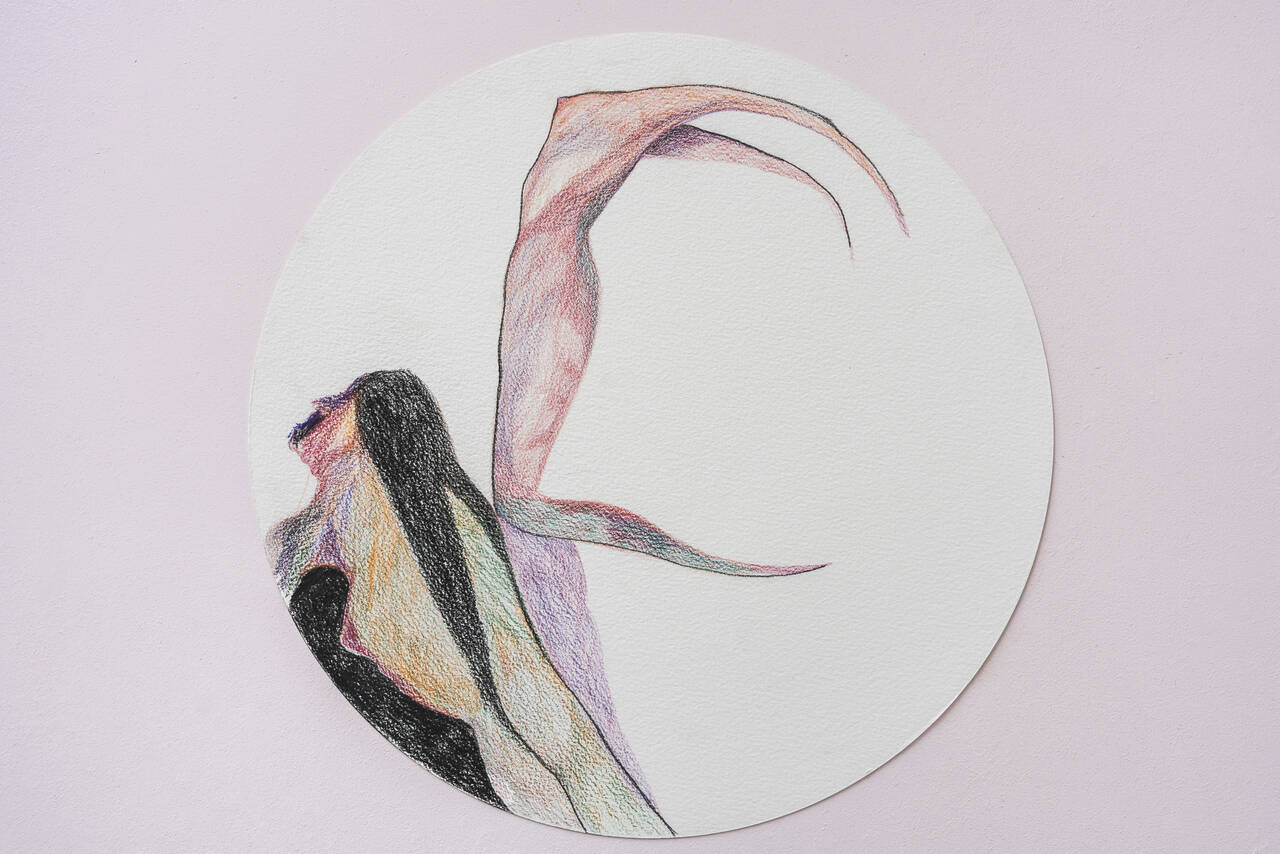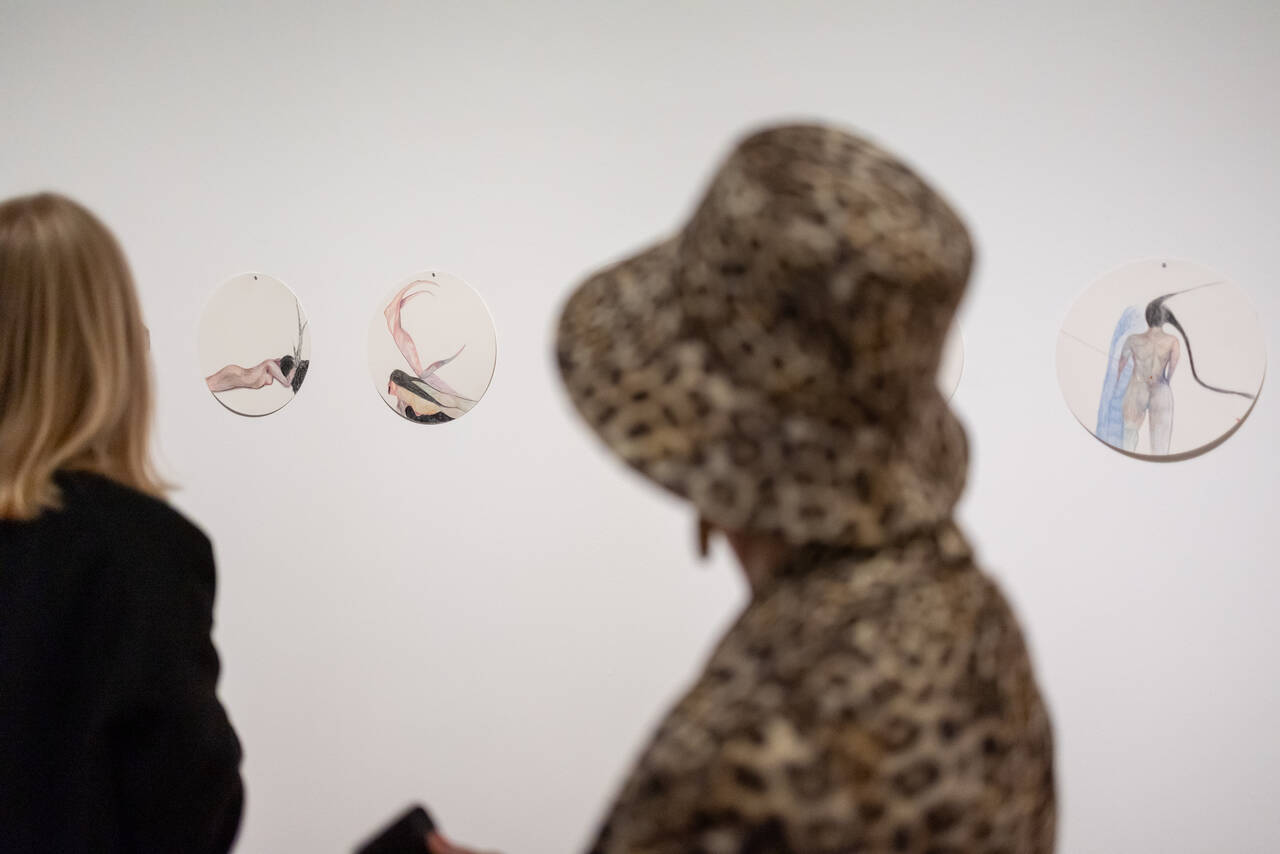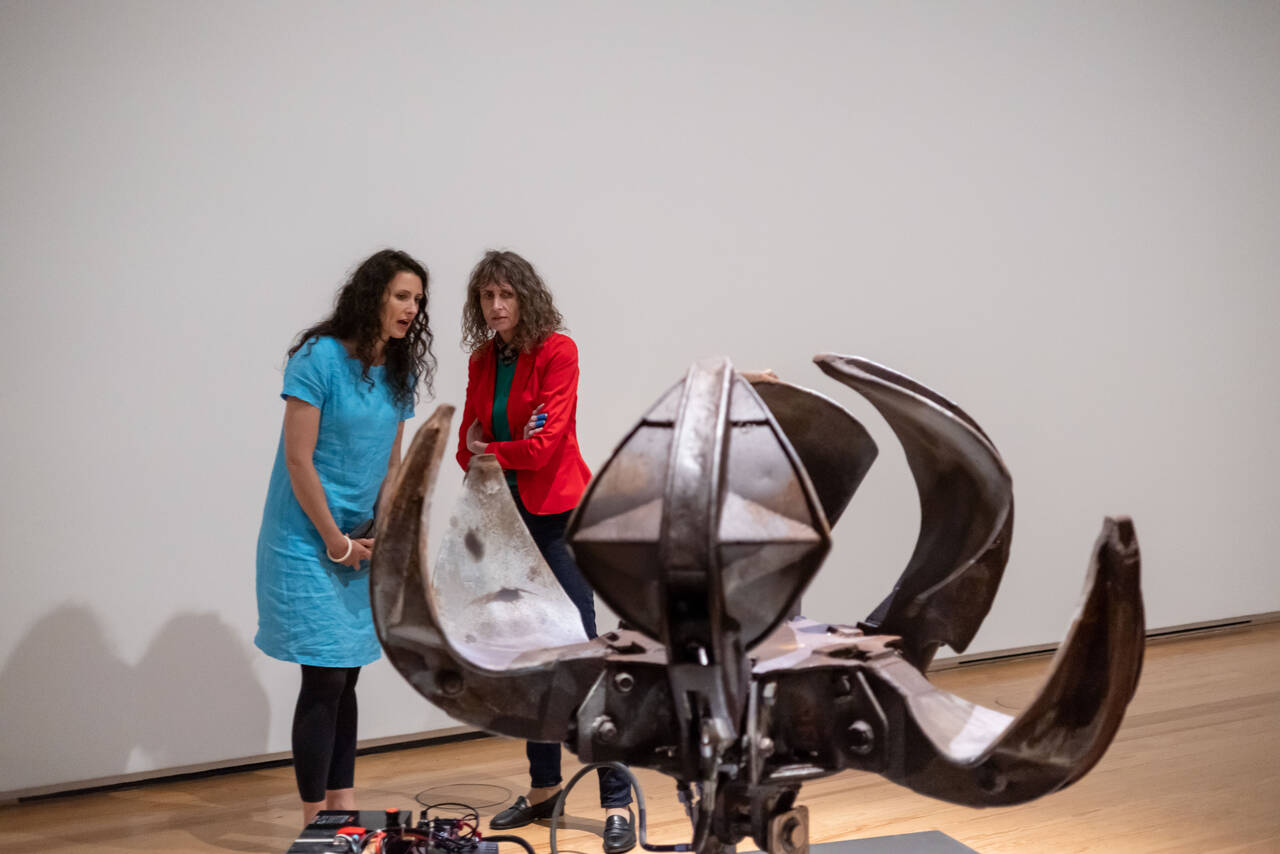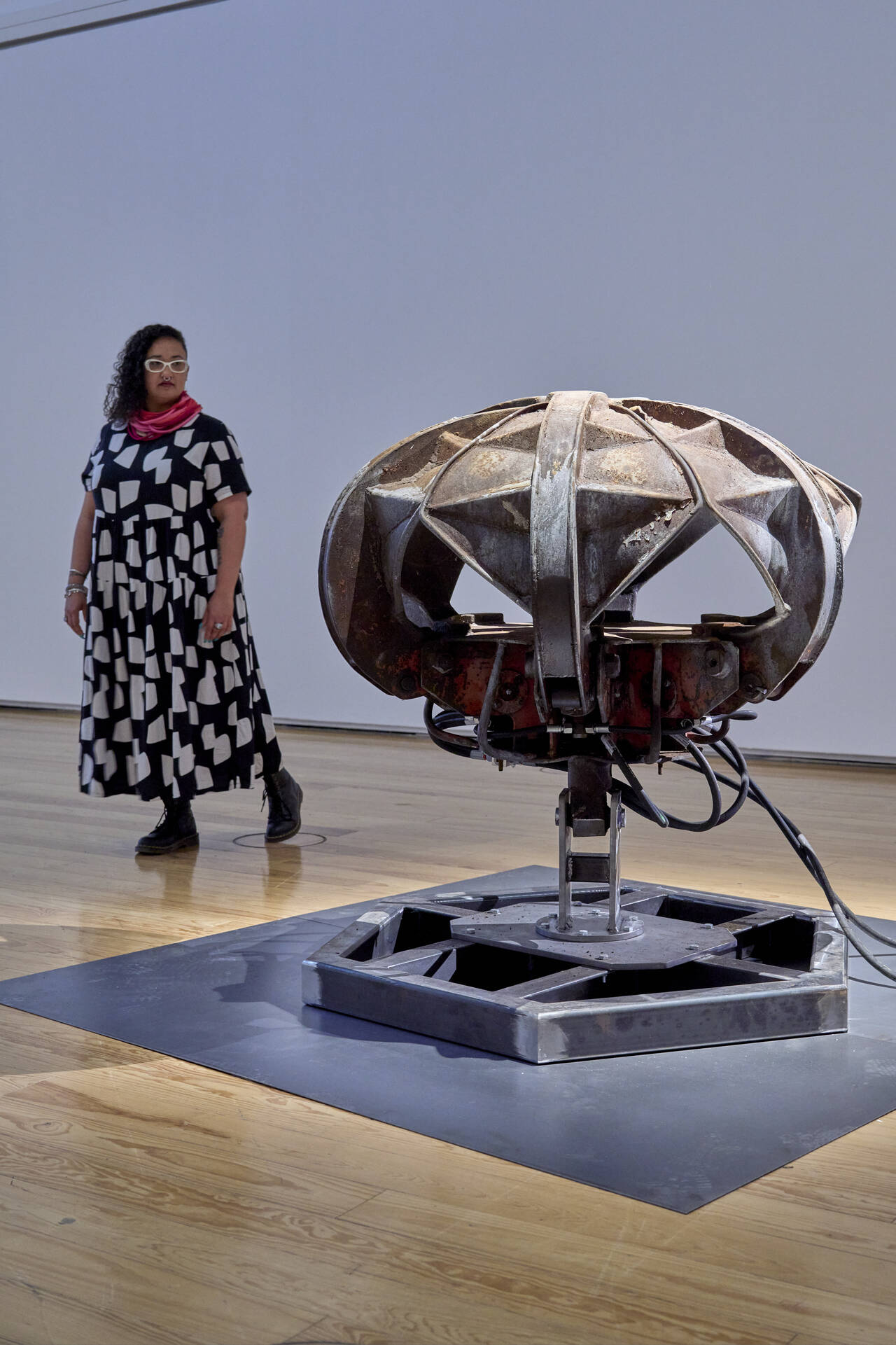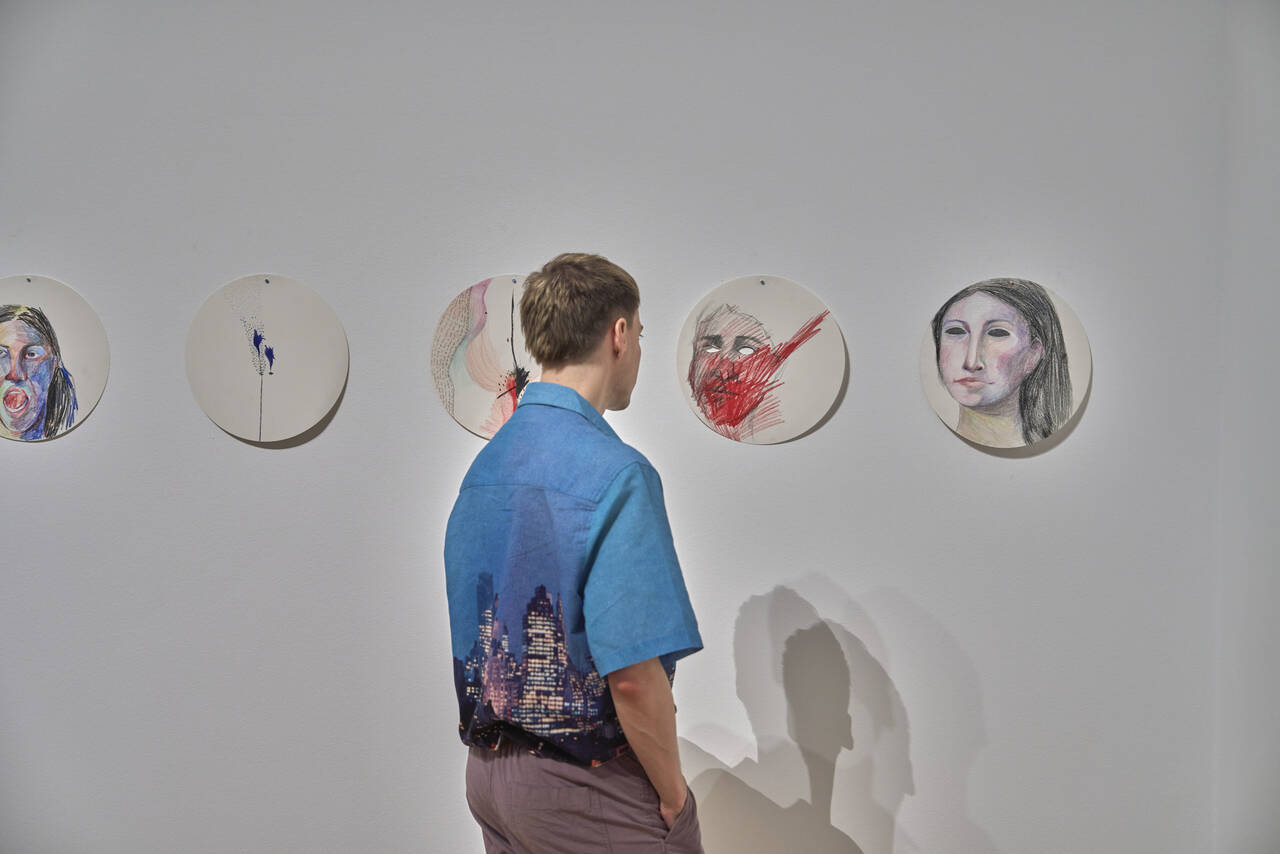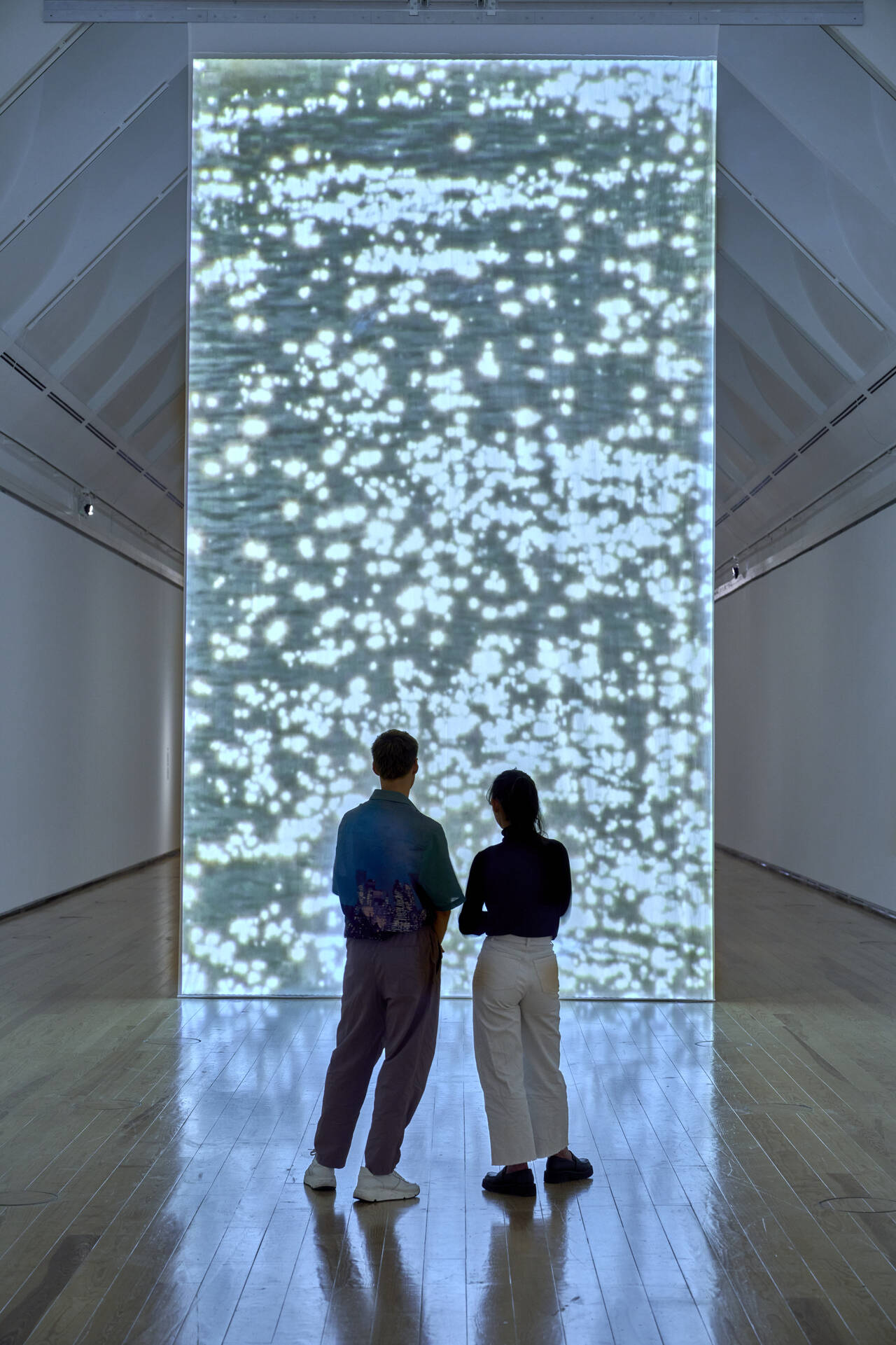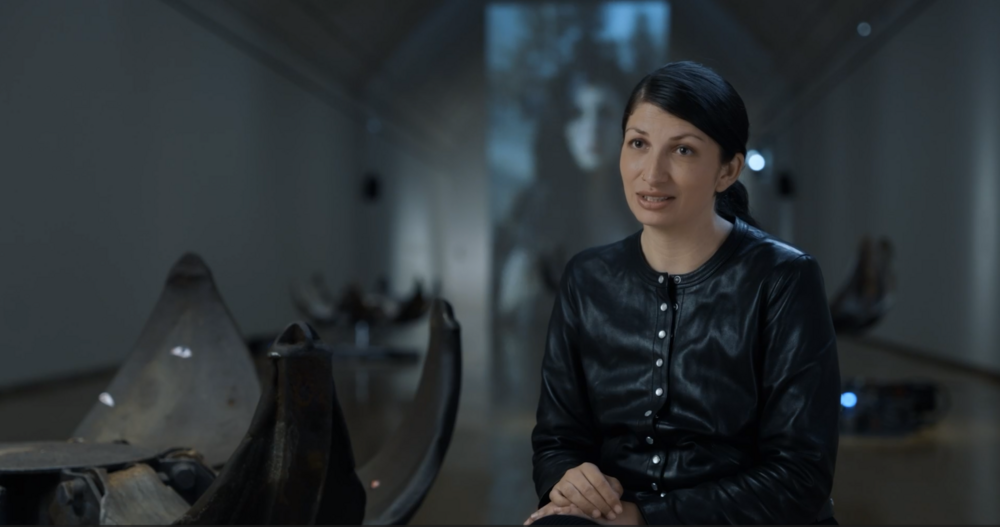PANEL: POLITICAL ACTIVISM BY SELMA SELMAN
Hosted by Arnisa Zeqo, Amila Ramović and Zippora Elders speak with the artist Selma Selman about her artistic career, the exhibition SELMA SELMAN....
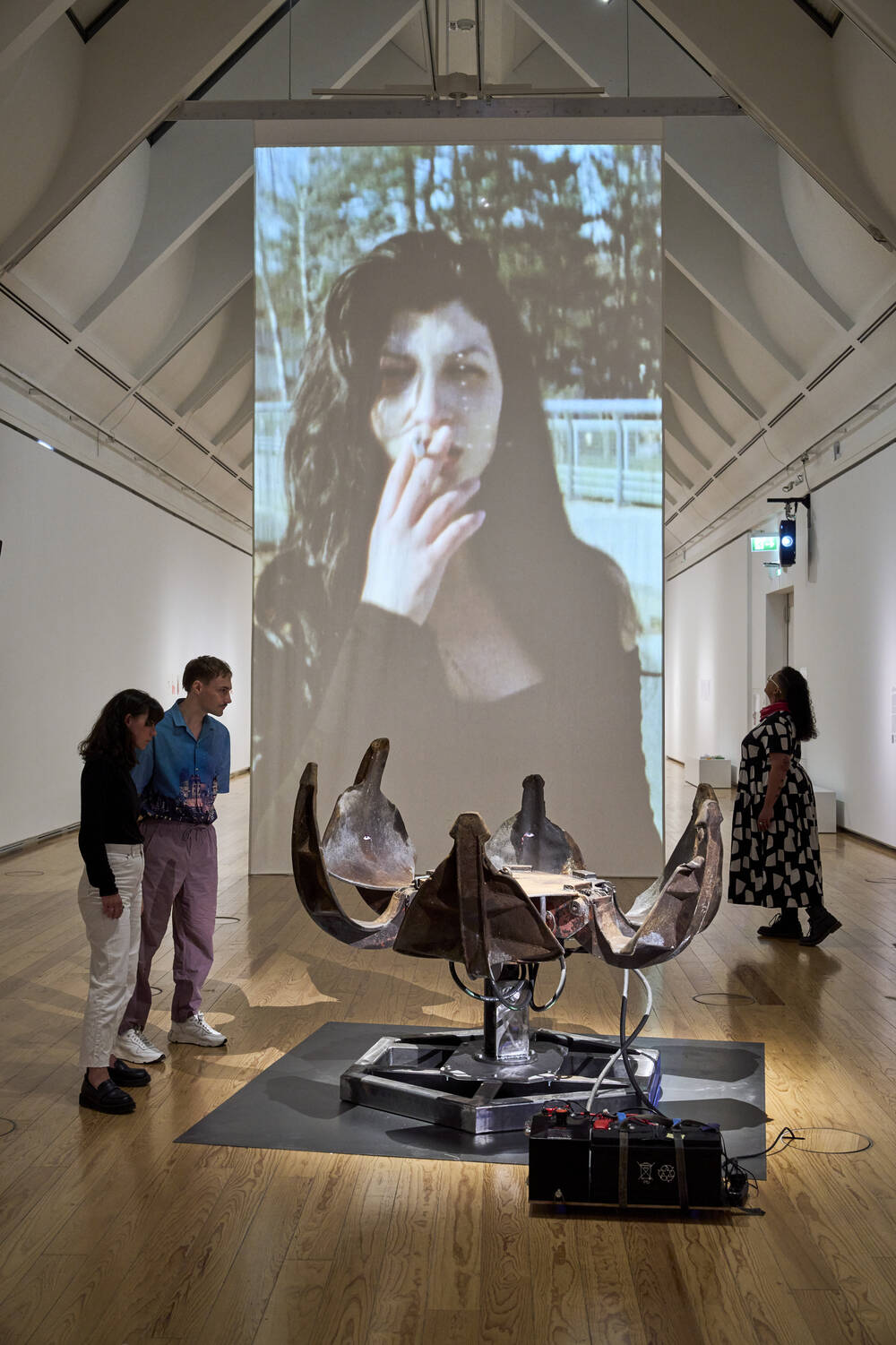
The SCHIRN presents a major solo exhibition by the artist Selma Selman (*1991). Only a few years ago, she boldly and confidently entered into the spotlight of the international art world, describing herself as “the most dangerous woman in the world.” Together with her family, Selman disassembles former status symbols like Mercedes-Benz cars in front of an audience, in order to acquire the few precious metals that are still usable. The spoken performances by this artist with a Roma background are usually loud, for she gives expression to anger and her urge to reverse power relationships. Selman’s art describes impressively, and through a variety of media, experiences of discrimination, violence, sexism, and patriarchy. In a variety of media, Selman’s art explores experiences of discrimination, violence, sexism, and patriarchy in a striking way. Her multilayered work comprises performances, sculptures, paintings on car parts and scrap metal, drawings, and video. At the SCHIRN, the artist presents prints, small sculptural works made from precious metals, and two performances that pick up on central themes of her oeuvre, as well as two newly created works. The installation “Flowers of Life” (2024), made from multipronged grabs, gestures to her family’s livelihood, which involves collecting and reselling scrap metal. The film “Crossing the Blue Bridge” (2024) is based on her mother’s memories of experiences in her hometown of Bihać during the Bosnian War (1992–1995). Selman takes these family experiences as a point of departure to situate herself as a feminist and activist artist who now campaigns internationally for her community. Selma Selman was born in Bosnia and Herzegovina, and lives and works in New York, Amsterdam, and Bihać.
